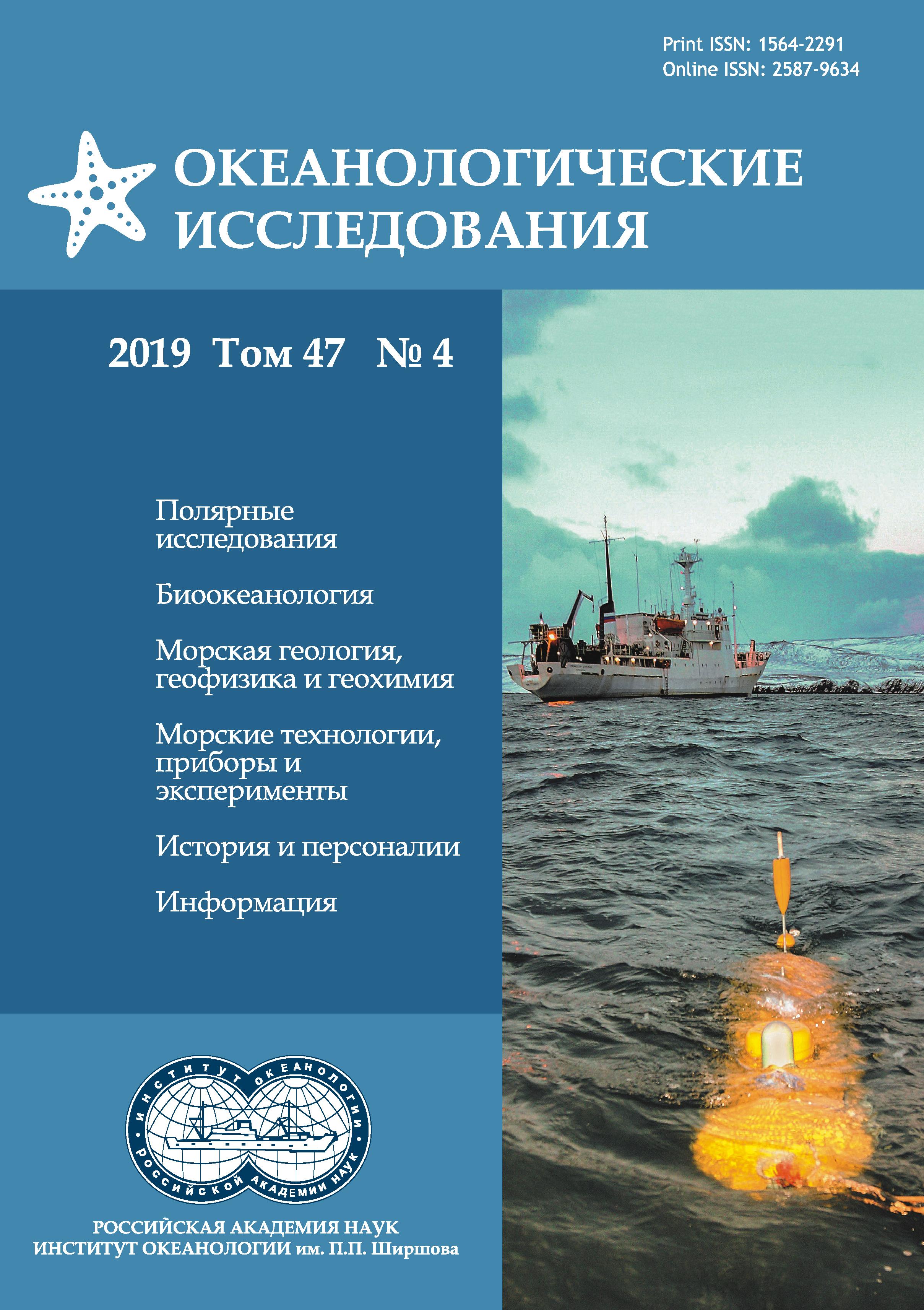METHODS OF PROBABILISTIC PERFORMANCE EVALUATION MARINE MAGNETOMETRY
Abstract
Marine magnetometers are promising means of monitoring the water area with an estimated presence of potentially dangerous underwater objects. They are successfully used when searching for underwater objects in conditions of the ineffectiveness of sonar tools: in shallow water, in any media (water, soil) and, especially, at the boundaries of these media. As a rule, the search for an underwater object using magnetometric means is carried out along the “orthogonal tacks” trajectory, the main characteristics of which are the search bandwidth (depending on the magnetic characteristics of the underwater object) and the length of a searching tack. An analysis of the development trends of marine magnetometers revealed the following main directions: the expansion of their functional capabilities, the increase in the sensitivity of magnetic field sensors, and the increase in mass and dimensional characteristics. However, in accordance with modern requirements, the main directions of development of marine magnetometry tools have changed radically. It has been established that the process of detecting an underwater ferromagnetic object by mobile magnetometers is stochastic in nature, which is not taken into account by the traditional method of determining the recommended search band for an underwater object, which leads to the risk of missing it. Therefore, the actual problem of improving search magnetometric means is the development of a methodological apparatus for evaluating the efficiency of detection of underwater objects. A new (probabilistic) approach to the information processing algorithm of the magnetometer signal is proposed, which determines the width of the recommended search band of an object with guaranteed values of the probability characteristics of its detection. The article indicates a problem.
References
- Afanasev M.S. Perspektivnye tekhnologii sozdaniya nanorazmernyh datchikov magnitnyhpolej. V Sbornike-trudov 12 mezhdunarodnoj konferencii МSOI-2011, MAY-2011, Vol. 2, IO RAN. (Perspective technologies for creating nanoscale sensors of magnetic fields, Proceedings of the 12th international conference MAY-2011Vol. 2, IORAS), Moscow: IORAS, 2011, pp. 91–93.
- Vyalyshev A.I., Nersesov B.A., and Rimsky-Korsakov N.A. Study of potentially dangerous underwater objects in the Black Sea. FSBI «Analytical Center» of the Ministry of Education and Science of the Russian Federation, Moscow, 2016, 282 p.
- Kolmogorov V.A. Basic concepts of probability theory. Moscow: Science, 1977, 119 p.
- Levin B.R. Teoreticheskie osnovy statisticheskoj radiotekhniki (Theoretical Foundations of Statistical). Мoscow: «Sovetskoe radio», 1975, 342 p.
- Nersesov B.A. Marine magnetometric systems. Sat “Development of the depths of the sea”, Moscow: Publishing house “Weapon and Technology”, 2018, pp. 370–374.
- Nersesov B.A. and Afanasev M.S. Ehffektivnost-poiskovyh-sredstv-morskoj-magnitometri (The effectiveness of the search tools of marine magnetometry). Мoscow: M-FGBNU «Analiticheskij-centr» of the Ministry of Education and Science of the Russian Federation, 2013, 147 p.
- Semevskij R.B., Averkiev V.V., and Yarockij V.A. Specialnaya-magnitometriya (Special Magnetometry). SPb: «Nauka», 2002, 232 p.
Transfer of copyrights occurs on the basis of a license agreement between the Author and Shirshov Institute of Oceanology, RAS










